WWII brought to life: Rare colour photographs of ‘the most destructive war in history’
RARE colour photographs from WWII have recently been published for the first time and captured the imaginations of people all over the world.
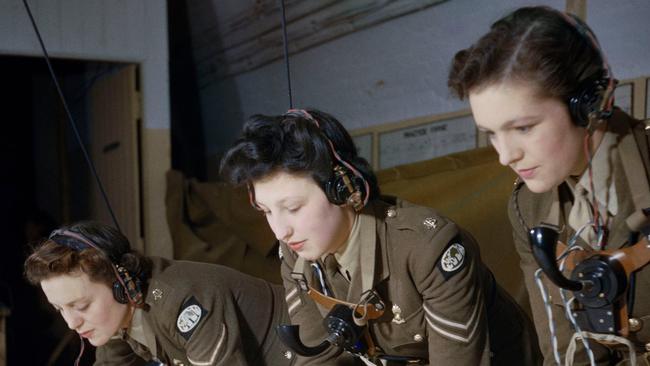
World
Don't miss out on the headlines from World. Followed categories will be added to My News.
AN extraordinary collection of rare colour photographs reveals the Second World War as the people living through the conflict would have seen it.
The images were taken by official British photographers — as well as news agencies, freelancers and aircrews — many of which have been published for the first time in a recently released new book from the Imperial War Museum (IWM).
The scarcity of colour film and the high cost of reproducing it in printed publications during the Second World War means that, for most people today, the war is a black and white conflict.
But the pictures in the book The Second World War in Colour bring it vividly to life with images that look as if they were taken yesterday.
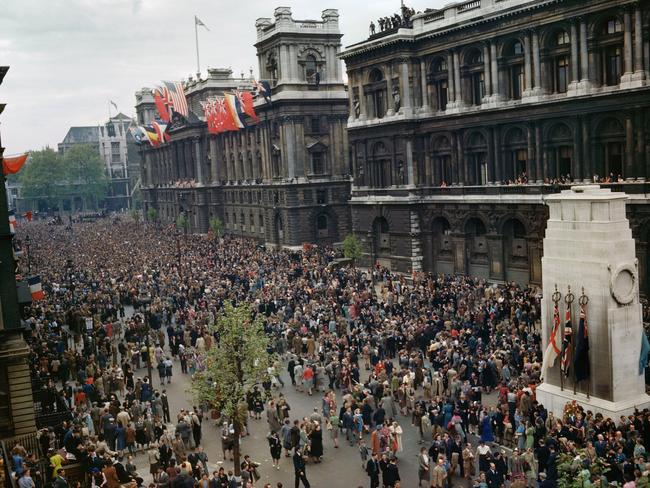
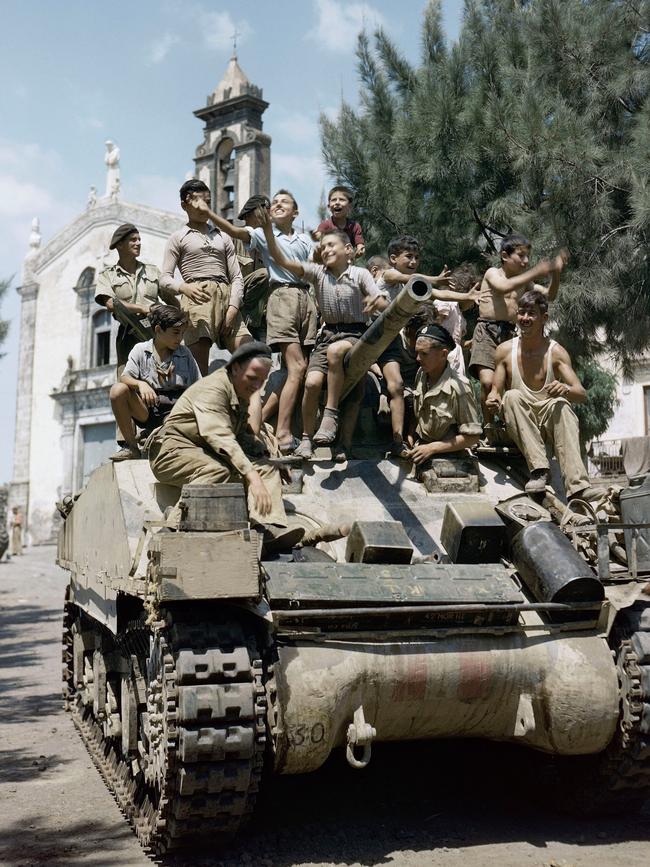
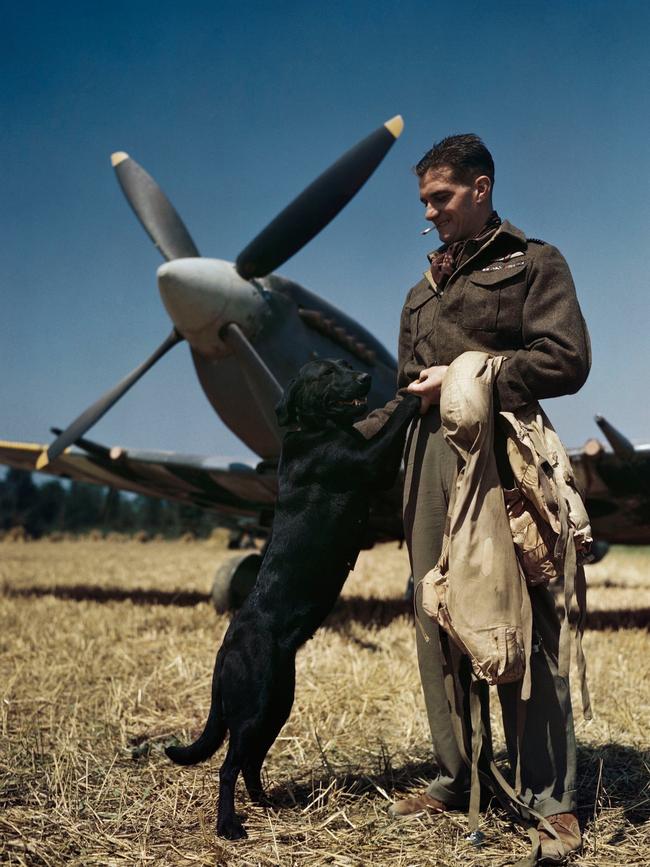
They reveal life on the home front, with pictures of bombed out buildings, evacuee children and wounded airmen in their “hospital blues” alongside factories and female plane spotters.
Other images capture the fighting fronts, with rare images of flamethrower tanks in action, Mustangs and Spitfires in flight and the RAF’s topscoring fighter pilot, Wing Commander ‘Johnnie’ Johnson, with his pet dog Sally.
Images of the Women’s Auxiliary Air Force preparing parachutes, flamethrower tanks on the front line and darting Spitfires are some of the shots included in the book.
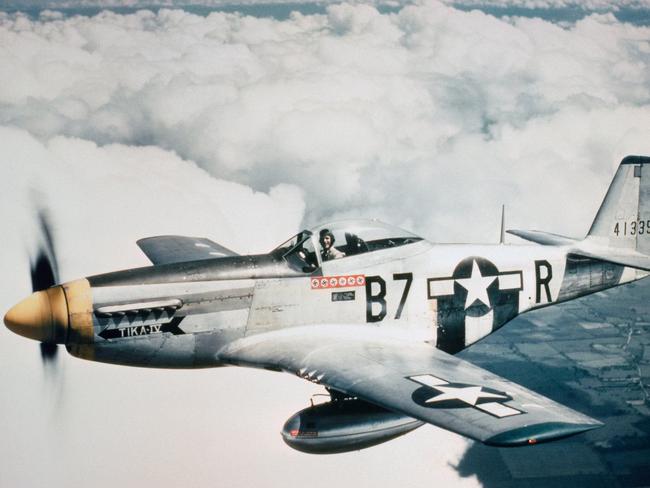
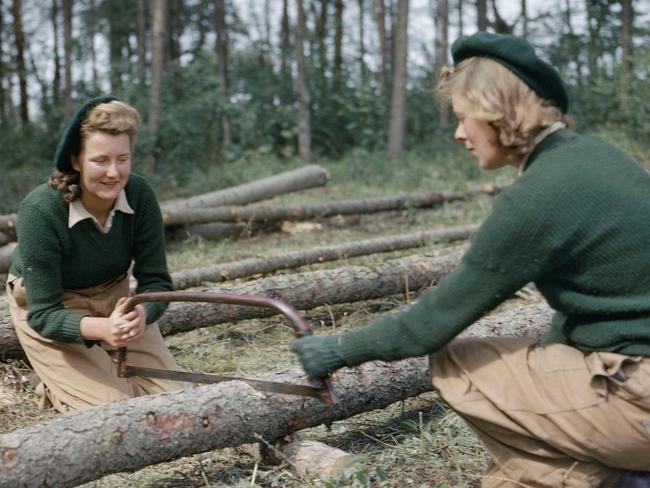
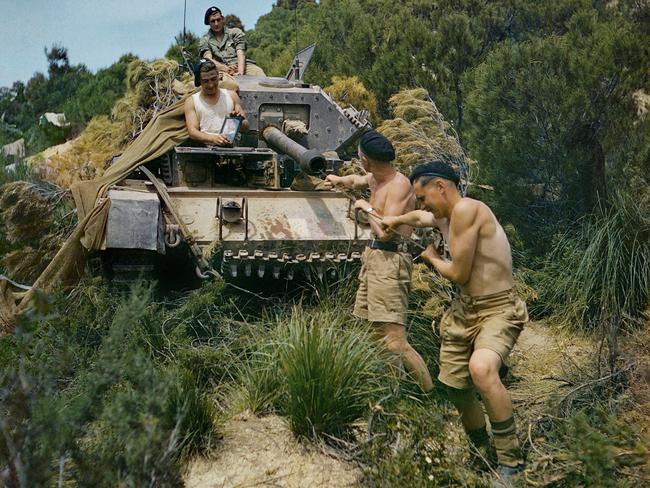
Author and senior curator at IWM Ian Carter said: “The images in this book show the vivid hues of the flames and fabrics, the intense blue skies, the sun-tanned faces and the myriad of colours of military camouflage.
“Black and white photography puts a barrier between the subject and the viewer, colour photography restores that missing clarity and impact.
“As the most destructive war in history gradually fades from living memory, it becomes more important to take away the remoteness and bring the Second World War to life.”
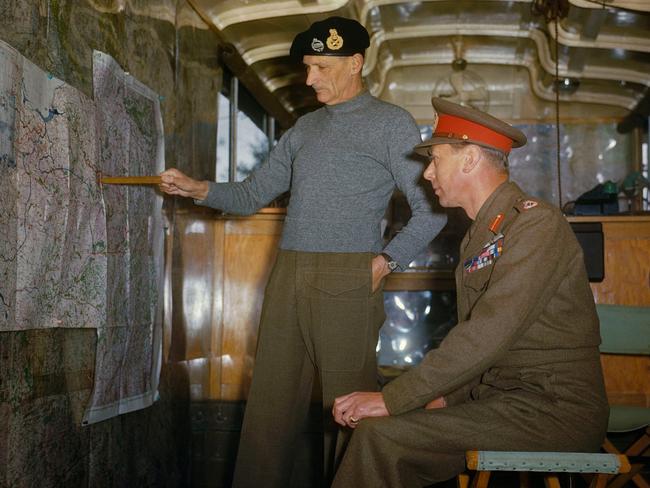
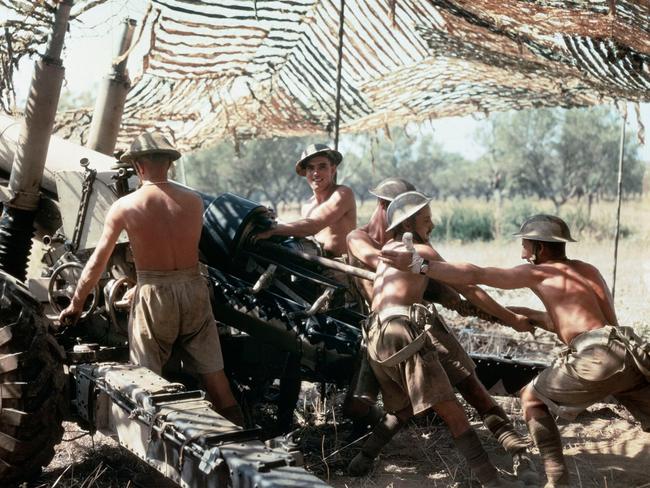
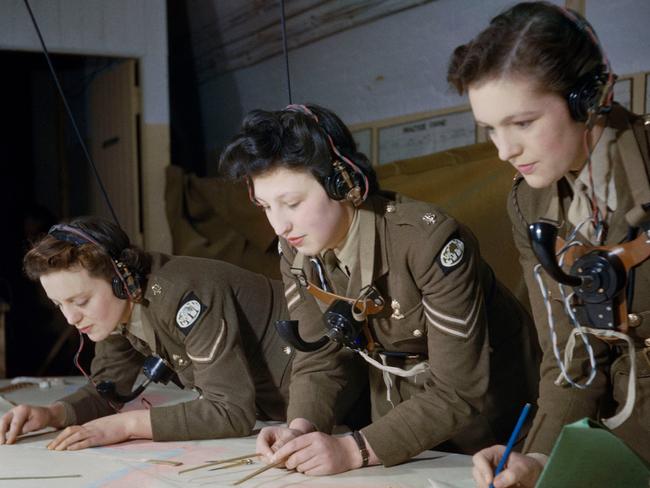
No colour film was supplied to British official photographers to document the D-Day landings.
But there are colour pictures of the last months of the war in Europe, including Dutch celebrations after the liberation of Eindhoven, and an image of the spontaneous celebrations of VE Day in Whitehall, central London.
Some 3000 colour photos were taken between 1942 and 1945 and those that survived were passed to the IWM archive in 1949.
Pictures for the book were also sourced from Germany and America, including US aircrew.
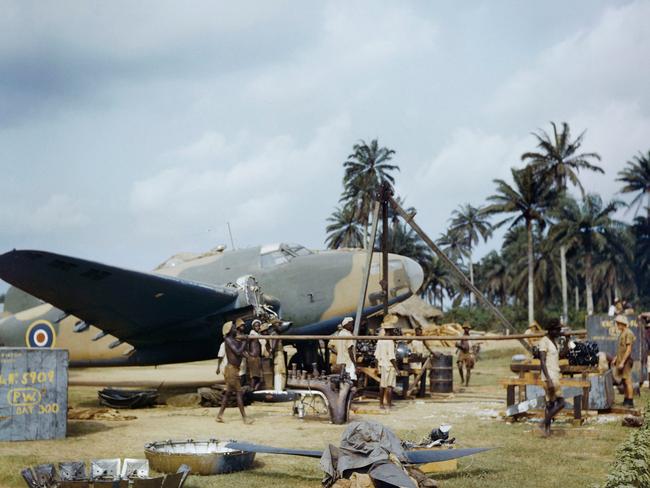
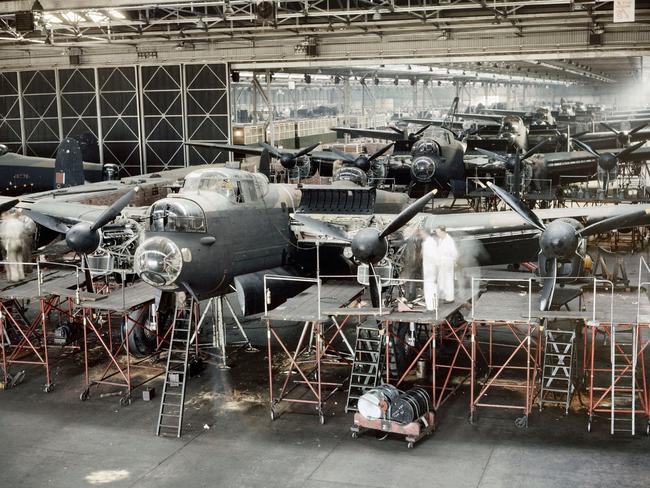
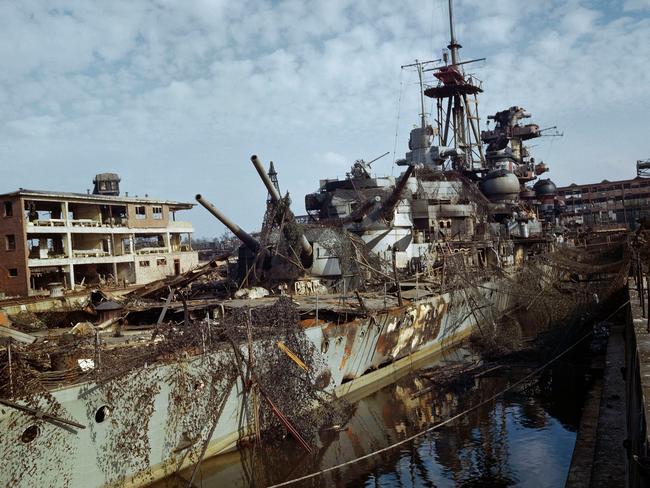
Do you have a story?
Email: megan.palin@news.com.au
Originally published as WWII brought to life: Rare colour photographs of ‘the most destructive war in history’



